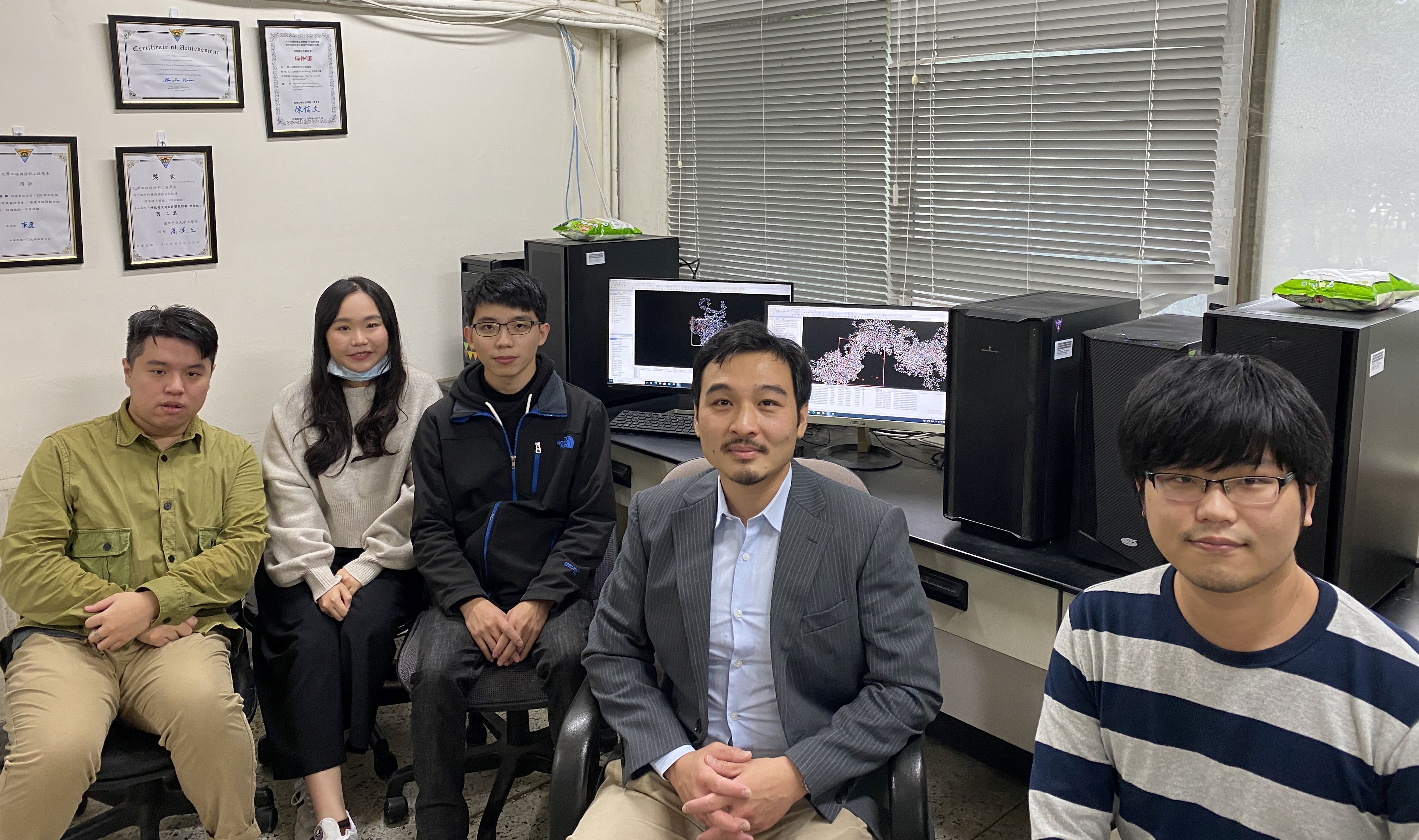- ABOUT US
-
ACADEMICS
-
DEPARTMENTS AND GRADUATE INSTITUTES
- Interdisciplinary Program of Engineering
- Department of Chemical and Materials Engineering
- Department of Civil Engineering
- Department of Mechanical Engineering
- Graduate Institute of Energy Engineering
- Graduate Institute of Environmental Engineering
- Graduate Institute of Materials Science and Engineering
-
RESEARCH CENTERS
- High-Resolution Analytical Instrumentation Center
- Center for Sustainable Environmental Technology
- Center for Bridge Engineering Research
- Center for Intelligent Manufacturing Research
- Center for Energy Research
- Center for GeoRisk Engineering and Advanced Technologies
- Center for Smart Construction Research
-
DEPARTMENTS AND GRADUATE INSTITUTES
- NEWS
- HONORS
- RESEARCH HIGHLIGHTS
- ALBUMS
- LINKS
National Central University’s Chemical and Materials Engineering Team Joins International Research on High-Performance Hydrogen Purification Membranes, Published in Nature Energy 🌍🔬

A research team led by Associate Professor Bo-Kai Zhang from the Department of Chemical and Materials Engineering at National Central University (NCU) has collaborated with Kyoto University’s Institute for Integrated Cell-Material Sciences (iCeMS), ShanghaiTech University, the Japan Synchrotron Radiation Research Institute (JASRI), and the National Institutes for Quantum Science and Technology (QST, Japan) to develop an advanced nanodiamond-graphene separation membrane for hydrogen purification.
Their groundbreaking findings have been published in the prestigious journal Nature Energy, marking a major milestone in hydrogen energy research and a significant step toward combating climate change.
🔬 Addressing the Hydrogen Purification Challenge
With climate change and energy sustainability being some of the greatest challenges facing humanity, hydrogen energy is emerging as a key clean energy solution. It produces only water when burned, making it a zero-carbon energy source promoted by many countries.
However, industrial hydrogen production methods often generate moisture-containing gas mixtures, making efficient hydrogen purification a critical challenge. Among the available solutions, gas separation membranes are gaining attention due to their low cost, low energy consumption, and high efficiency.
🛠 The Breakthrough: Nanodiamond-Graphene Separation Membrane
Graphene oxide (GO) is a two-dimensional material that can be assembled into hydrogen-selective separation membranes. These membranes allow small hydrogen molecules to pass through while blocking larger gas molecules.
🔹 The Problem:
- Industrial hydrogen purification typically requires high humidity conditions.
- When exposed to moisture, negatively charged GO layers repel each other, allowing water molecules to penetrate, causing swelling and eventually membrane failure.
🔹 The Solution:
- Positively charged nanodiamonds were introduced into the membrane structure.
- This neutralizes the repelling forces between GO layers, creating a dense, waterproof membrane that prevents swelling.
- The result: Higher hydrogen separation efficiency and improved cost-effectiveness for hydrogen production.
💡 Potential Applications Beyond Hydrogen Production
Nanodiamond-enhanced membranes aren't limited to hydrogen purification—they have promising applications in:
✅ Humidity control for the pharmaceutical, semiconductor, and lithium-ion battery industries
✅ Industrial dehumidification, reducing reliance on air conditioning, thus lowering carbon emissions and mitigating global warming
🌏 Expanding International Collaboration
Prof. Bo-Kai Zhang’s research group has long specialized in carbon materials, electrode materials, surface reactions, and gas separation membranes. Their team is actively expanding academic collaboration with Kyoto University, with NCU graduate students conducting research at iCeMS to deepen this partnership.
📢 Read the full research article in Nature Energy:
🔗 Overcoming humidity-induced swelling of graphene oxide-based hydrogen membranes using charge-compensating nanodiamonds
🌟 This groundbreaking work is a major step toward achieving a sustainable hydrogen economy and a greener future! 🚀♻️
